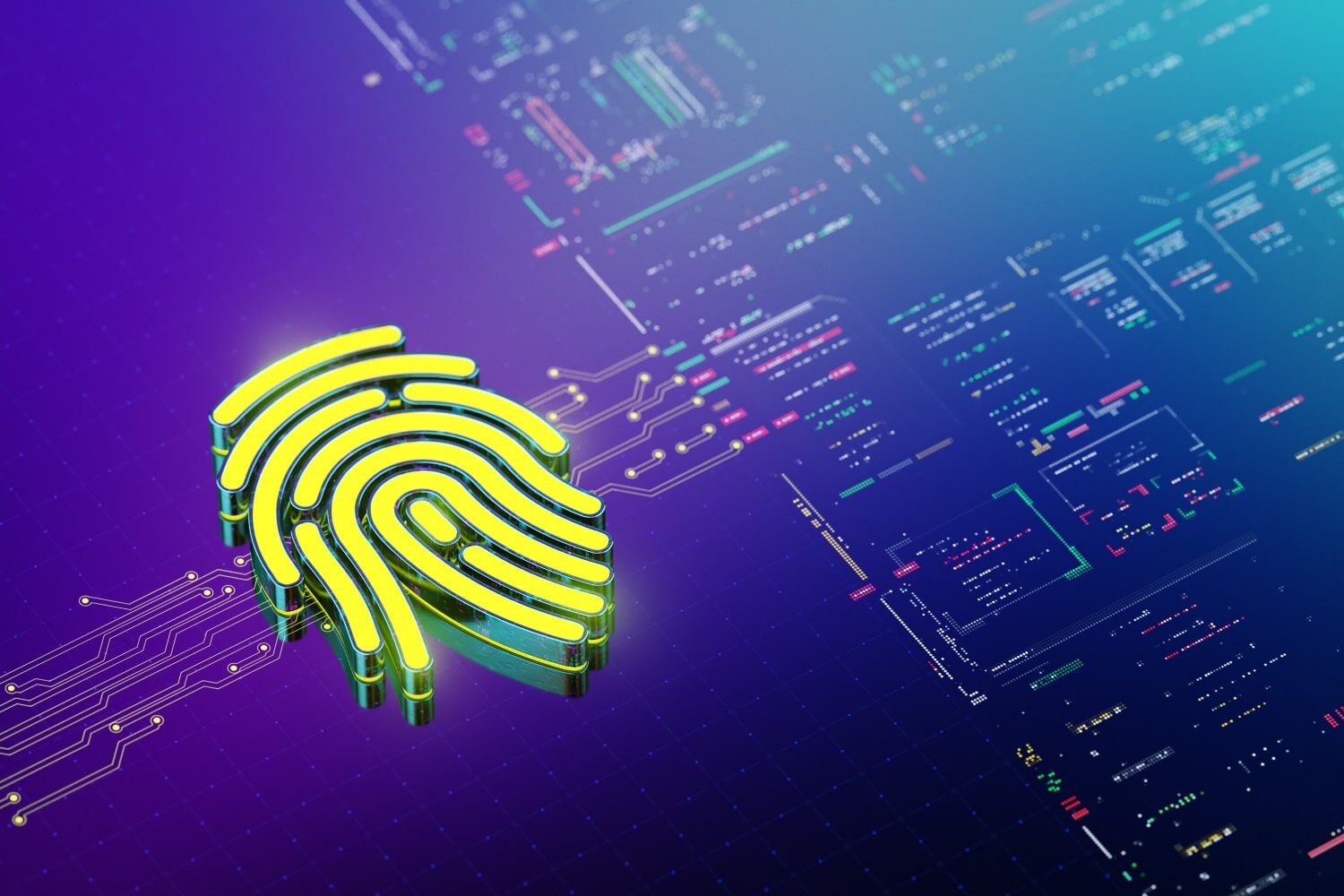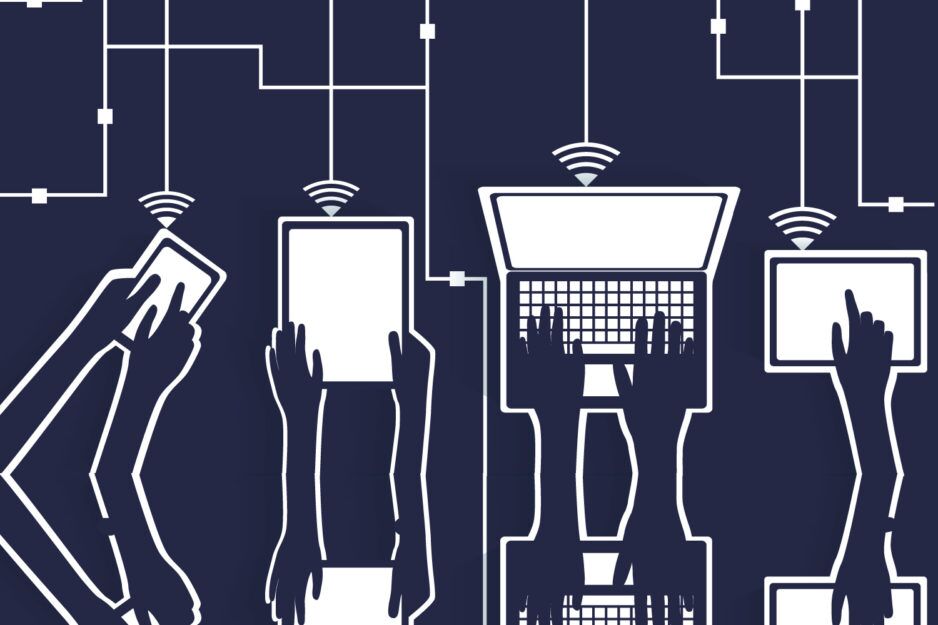In our rapidly evolving digital world, protecting your online information is crucial. One effective security measure that has gained significant attention is Multifactor Authentication (MFA). Yet, despite its rising popularity, misconceptions about MFA run rampant in all industries. We’re here to debunk these myths and make cybersecurity more accessible to everyone.
Myth 1: MFA Means Extra Steps Every Login
Many believe that MFA requires additional verification every time they log in. The truth is modern MFA systems often utilize ‘adaptive’ or ‘risk-based’ authentication. This intelligent approach considers factors such as your location and device type1. If everything seems usual, you might only need your password. If something’s off, then the system asks for additional proof, striking a balance between a smooth user experience and strong security.
Myth 2: MFA Always Requires an App on a Cell Phone
A common belief is that MFA is synonymous with having a special app on your cell phone. While some MFA methods involve using an app to receive a verification code or notification, this is NOT the only approach. Multifactor Authentication can also be performed via biometrics (like fingerprints or facial recognition) 2, hardware tokens3, or even text messages4. It’s important to remember that MFA is designed to be flexible, ensuring everyone can use it, irrespective of their device.
Myth 3: MFA is Just for Compliance
Some people also think MFA is just a compliance check for regulatory bodies. Yes, many compliance frameworks require MFA, but it’s not its sole purpose. MFA is a robust security measure offering strong protection against unauthorized access to accounts. It’s more than ticking a compliance box; it’s about safeguarding your sensitive data.
Myth 4: MFA is a Quick Fix for a Security Breach
The notion that MFA can be enabled after a breach to quickly fix security issues is outright dangerous. Multifactor Authentication is not a reactive solution, but a proactive measure to prevent unauthorized access. When an organization implements one of the various MFA solutions before a breach occurs, it can significantly reduce the risk5. It should be part of a larger security strategy, including strong password practices, regular software updates, and security education.
In Conclusion
Multifactor Authentication is an accessible, intelligent, and proactive security measure that doesn’t solely rely on cell phone apps to meet compliance requirements. Remember, the purpose of MFA is to keep your digital life secure by verifying your identity when some sort of risk is present, preventing unauthorized access. By dispelling these myths, we hope to encourage more people to adopt this essential layer of online protection.
Want to learn more about your MFA and IT Security options?
CCB offers a wide variety of security services that allow you to choose the right solutions for your needs. We‘ll help you get secure and stay secure. Tell us about your IT security needs▸



